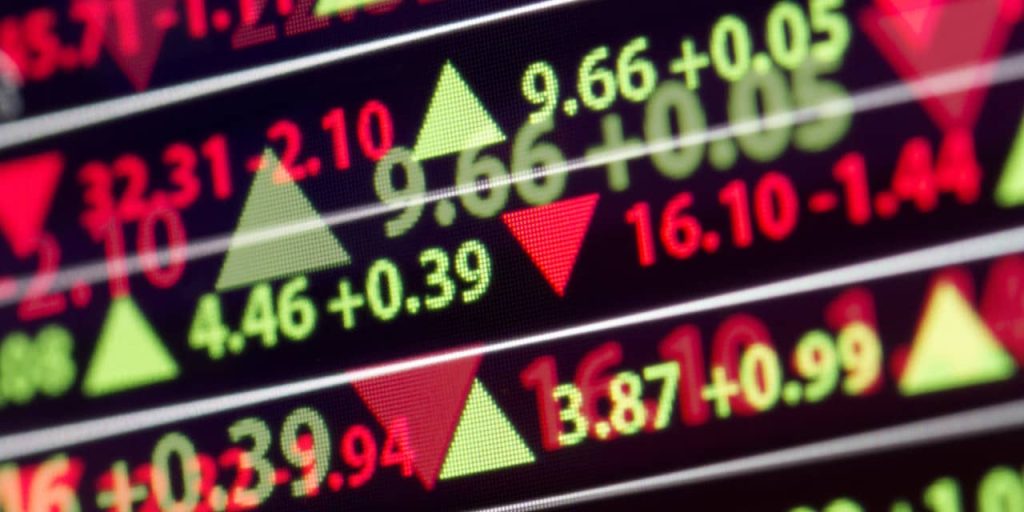The S&P 500 has been rising in 2024, but so has the 10-year Treasury yield. Cutting the premium to investing in stocks could lead to a selloff.
Dreamstime
The
S&P 500
has made gains in 2024, but so have bond yields, and that brings about heightened risk that the index could see a meaningful decline.
So far in January, the S&P 500 is up about 2%, continuing a rally from a late-October low. One driver has been that markets expect the Federal Reserve to cut interest rates aggressively, given that the rate of inflation has dropped from a 2022 peak, which means the Fed may have wiggle room to keep the economy growing. The other driver of the S&P 500 has been shares of the so-called Magnificent Seven tech outperformers.
One major problem is that the 10-year Treasury yield has risen to just over 4.1% from just below 3.9% at the close of 2023.
The higher yield makes equities look less attractive. At today’s prices, the S&P 500 trades at about 19.8 times expected earning per share for coming year. That means for every $19.80 investors pay to own the index, they receive $1 of earnings, for a 5.05% yield. Yet that’s less than one percentage point better than the 10-year yield, even though stocks are much riskier than a Treasury note. Taking more risk should provide more reward.
To be sure, the waning attractiveness of stocks hasn’t yet done much to reduce buying interest in stocks, with the index hitting record highs this week. But buying the index simply because others seem to be complacent is a naive way to invest, to put it mildly.
Consider that in the past few years the current 10-year yield has correlated to an S&P 500 at roughly 4500—about 7% downside the current 4850—Evercore data show. Of course, the fact that equities appear expensive versus bonds doesn’t mean investors will suddenly start selling stock—they haven’t yet. But it means that if a few risk factors emerge, a wave of selling could dent the index.
For example, yields could go higher. Inflation, recently at just over 3% year over year for the past serval readings, remains above the Fed’s 2% target. That means the Fed may not cut rates as many times or as quickly as markets hope. The 10-year yield could easily move higher in that case, wiping away almost all of the additional premium for stock investing, and probably cause a drop in the S&P 500.
The other key factor is earnings. If corporate profits meet or beat expectations, and analysts’ earnings estimates of S&P 500 component companies continues to rise, the index yield could support further share-price gains. But the earnings picture could easily darken, and companies such as
FedEx
are starting to feel a demand pinch from higher interest rates, and are issuing conservative revenue and profit guidance.
Write to Jacob Sonenshine at [email protected]
Read the full article here




